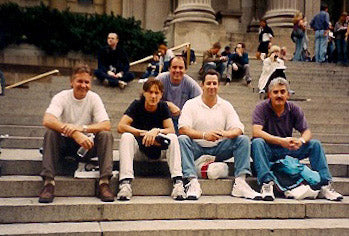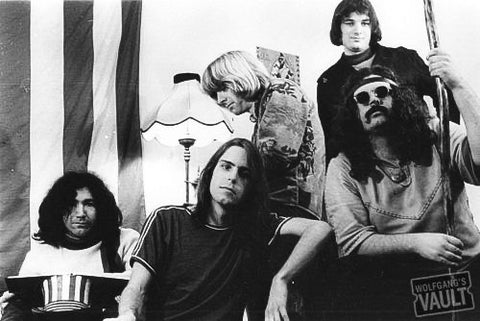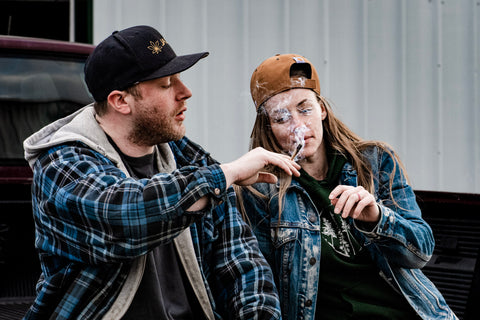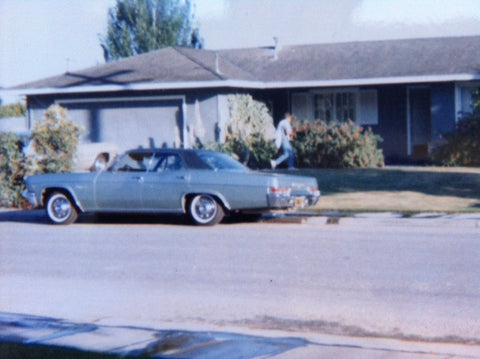In April, there are plenty of reasons to celebrate: Easter, Earth Day, and the glorious arrival of spring. For the cannabis community, it’s all about 420 or Weed Day! Learn more about the history of 4/20.
The unofficial holiday, which was once an underground celebration, is now openly celebrated across the globe. Pot lovers everywhere gather and indulge in the good herb, while also advocating for its legalization in countries where it remains banned. However, do you know the origins of our beloved 420?

420 is an endearing term among those in the cannabis community intrinsically connected to pot culture. Despite this, many 420 revelers have no idea what it means or how it became part of the weed culture. Myth and legend obscure the actual origins of the moniker, so let’s unravel some of the common misconceptions.
According to one of the most widely held myths, 420 was the radio code police used in California to signal marijuana-related incidents. Contrary to popular belief, California penal code section 420 refers to obstructing entry on public lands. In Las Vegas, 420 refers to homicide.

There is also speculation that the number 420 was inspired by Bob Dylan’s “Rainy Day Women #12 and 35”, which includes the notorious lyric “Everybody must get stoned.”. Interestingly, when those two numbers are multiplied, the result is 420.
But the most bizarre myth we’ve come across is that 420 commemorates Hitler’s birthday, April 20th. The only connection we found was based solely upon the coincidence in dates.
In reality, 420 has nothing to do with penal codes or Bob’s musical musings, and it is in no way associated with Adolf Hitler. In fact, the term is so ubiquitous that it was adopted in California’s medical marijuana legislation, which bears the same name and was probably chosen because of its pop-culture reference.

So what is the true origin of 420? The term made its debut in the halls of San Rafael High School, where a group of boys known as the Waldos used the word to coordinate their covert after-school smoke sessions.
In the autumn of 1971, a classmate approached the five teenagers and told them a fascinating story about an abandoned marijuana field near the Point Reyes Peninsula Coast Guard station north of San Francisco. The legend claims that a dude in the Coast Guard planted the pot field, but, fearing he would be busted by his commanding officer, he abandoned it, and through his brother-in-law, who was the classmate mentioned earlier, granted the boys permission to harvest it, and gave them a rough hand-drawn map leading to the secret location.

Finding the abandoned pot field became the Waldos’ communal mission, and they would often meet at Louis Pasteur’s statue after school at 4:20 pm to get high before jumping into a 1966 Chevy Impala and blazing out into Marin County’s primordial redwood forest in search of the fabled pot field. In time, 420 became the code word for their clandestine rendezvous, as well as an integral part of the students’ lexicon, allowing them to speak openly about all things pot in front of their unsuspecting parents and teachers.
As would be expected, the novel term quickly spread throughout the student body and into the boy’s coastal community. But how did a phrase conjured by a group of teenagers come to represent the cannabis culture?

Enter the Grateful Dead. The Waldos’ ties with the Grateful Dead are no secret. Among the boys, one’s father was the Dead’s property manager, and another had an older brother who managed one of their side bands, Toulouse Ta’ Truck. So it wasn’t uncommon for the boys to hang out at the band’s rehearsals and shows where smoking pot was prevalent, and it was at one of these gatherings that the term first fell upon the ears of the Grateful Dead. Almost immediately, it became band slang, and the rest is history!
The term was quickly adopted by Dead Heads (Grateful Dead fans), which helped spread its use around the world. Subsequently, 420 enthusiasts from all over began holding events and gatherings on April 20th, thus creating the unofficial holiday now observed everywhere on Earth.
Although the Waldos tried their best, they failed to locate the forsaken ganja garden. After some time, they begrudgingly aborted their mission. But 420 endured, propelling the boys into legendary status inside and outside of the cannabis movement. Additionally, in 2017, 420 was added to the Oxford English Dictionary and the Waldos were credited with its creation, immortalizing them forever!
Whatever you believe, we say toke up on 420! Roll up a fatty and enjoy the power of the flower and the vibe of your tribe. Or simply spend the day indulging in self-care. Consuming cannabis comes in many forms. Smoking might be the iconic way to do 420, but if that’s not your thing, try an edible, topical, spa product, or vape!
This 420, JAXON is your trusted hook-up for all your Bud-Lite needs. Our products satisfy federal compliance standards, which means that they contain negligible amounts of THC, so you can reap all the benefits without experiencing any intoxicating side effects.
We offer a smorgasbord of 420 party sundries, including CBD smokables, edibles, and topicals, so whatever tickles your pickle, we got you, boo!!!
In no way should these statements be taken as medical advice. They are intended to entertain and inform. Personal health matters should always be discussed with a medical professional.

One Response